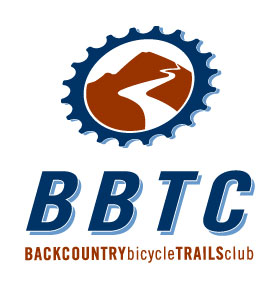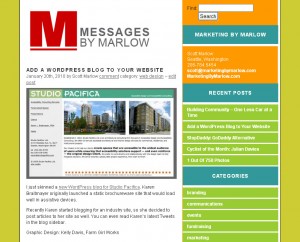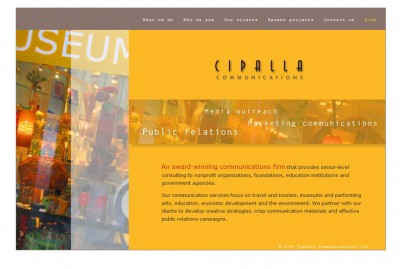
This week, PUMP (Portland United Mountain Pedalers) unveiled a new name and logo for the mountain bike advocacy organization. The new name, Northwest Trail Alliance, sounds flat and uninspiring compared to PUMP.
The new logo, however, is what’s really unoriginal. When you borrow another organization’s logo, that’s not called rebranding. Let’s call it copybranding.
Seattle’s Backcountry Bicycle Trails Club recently rebranded and chose a controversial name– Evergreen Mountain Bike Alliance. Did Kris Schamp (former marketing specialist for Bike Gallery) unconsciously, or consciously, misappropriate the logo (below) that BBTC had used for over ten years?

The recently retired BBTC logo was created by Ross Cattelan, a long-time BBTC supporter and professional graphic designer. After I developed a concept with another designer, Ross added depth to the imagery and he created a new color palette that was used across all BBTC marketing materials (until last year when BBTC evolved to Evergreen).
Legally, Northwest Trail Alliance is not in danger of trademark violation. Its new design deviates significantly enough from the BBTC logo that it is probably not “confusingly similar.”
When determining infringement, the Court considers the following elements:
- Strength of the mark
- Proximity of the goods
- Similarity of the marks
- Evidence of actual confusion
- Marketing channels used
- Type of goods and the degree of care likely to be exercised by the purchaser
- Defendant’s intent in selecting the mark
- Likelihood of expansion of the product lines
A little market research and common courtesy can help ward off trademark suits.




You must be logged in to post a comment.